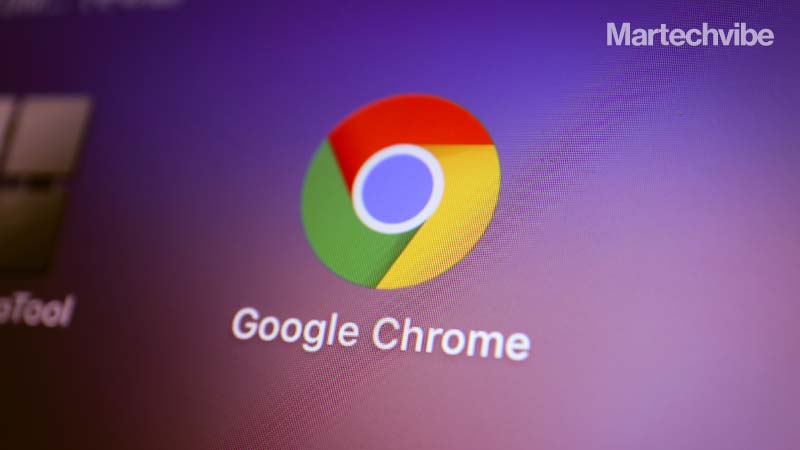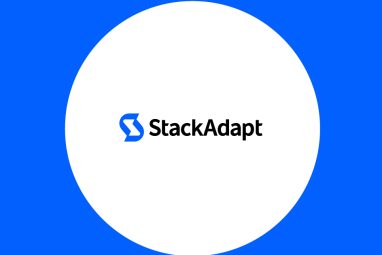Google Rolls Out Chrome 91
Google has just published the latest Chrome release, version 91 for Android, iOS, Linux, macOS, and Windows operating systems. The update will be rolled out over the coming weeks. Chrome 91 will get a host of features for Android like allowing Android tablets to host desktop websites. This is big news for developers; the new features allow inactive tab […]
Topics
What to Read Next
- Martechvibe Launches the Marquee Awards to Celebrate Breakthrough Digital Campaigns
- Top Marketers 4X More Likely to Use AI, Consolidate Tech
- Roku and iSpot Bring Outcome-Based Optimisation to Streaming
- PMG Expands Influencer Marketing Capabilities with Acquisition of Digital Voices
- PayPal Ads Launches Transaction Graph Insights & Measurement

Google has just published the latest Chrome release, version 91 for Android, iOS, Linux, macOS, and Windows operating systems. The update will be rolled out over the coming weeks. Chrome 91 will get a host of features for Android like allowing Android tablets to host desktop websites. This is big news for developers; the new features allow inactive tab groups to be frozen. Alongside, Progressive Web Apps can automatically start, refreshed UI on Android and updated table renders on webpages.
For Chrome 91 on Android, Google will now freeze inactive tab groups. However, certain tabs that have unavoidable background processes running like creating or playing back media will be exempted. Google will also allow Progressive Web Apps (PWAs) to start automatically when users log into their OS/ Account.
On Android tablets, if the screen size permits, Chrome will now load desktop websites instead of mobile websites. With Chrome 91, the browser on Android will follow suit with its desktop counterparts and get redesigned checkboxes, text fields, buttons, select menus, and other form controls. It helps the interface become more accessible to users by increasing the touch area for scroll bars and buttons. Table renders on webpages have also been updated.
For Chrome on iOS, the browser will warn users if they enter their passwords on known phishing websites. It also has Enhanced Safe Browsing that will send referrers of suspicious websites to Google. If existing safety checks are inconclusive, users can send downloads to Google for deeper scanning.
Also Read: Shift your eyes off Google for PPC success
In an attempt to prevent fingerprinting, many networks objects will be partitioned using topmost frame domain and iframe domain. Different origin iframes will be prevented from triggering Javascript dialogues to further prevent users from believing that embedded content originates from the current webpage or the browser.
Lastly, Google will start supporting the CECPQ2 post-quantum key-agreement mechanism in TLS. This will occur while communicating with certain domains and comes at a time when quantum computers can break encryption in the future.









































































































